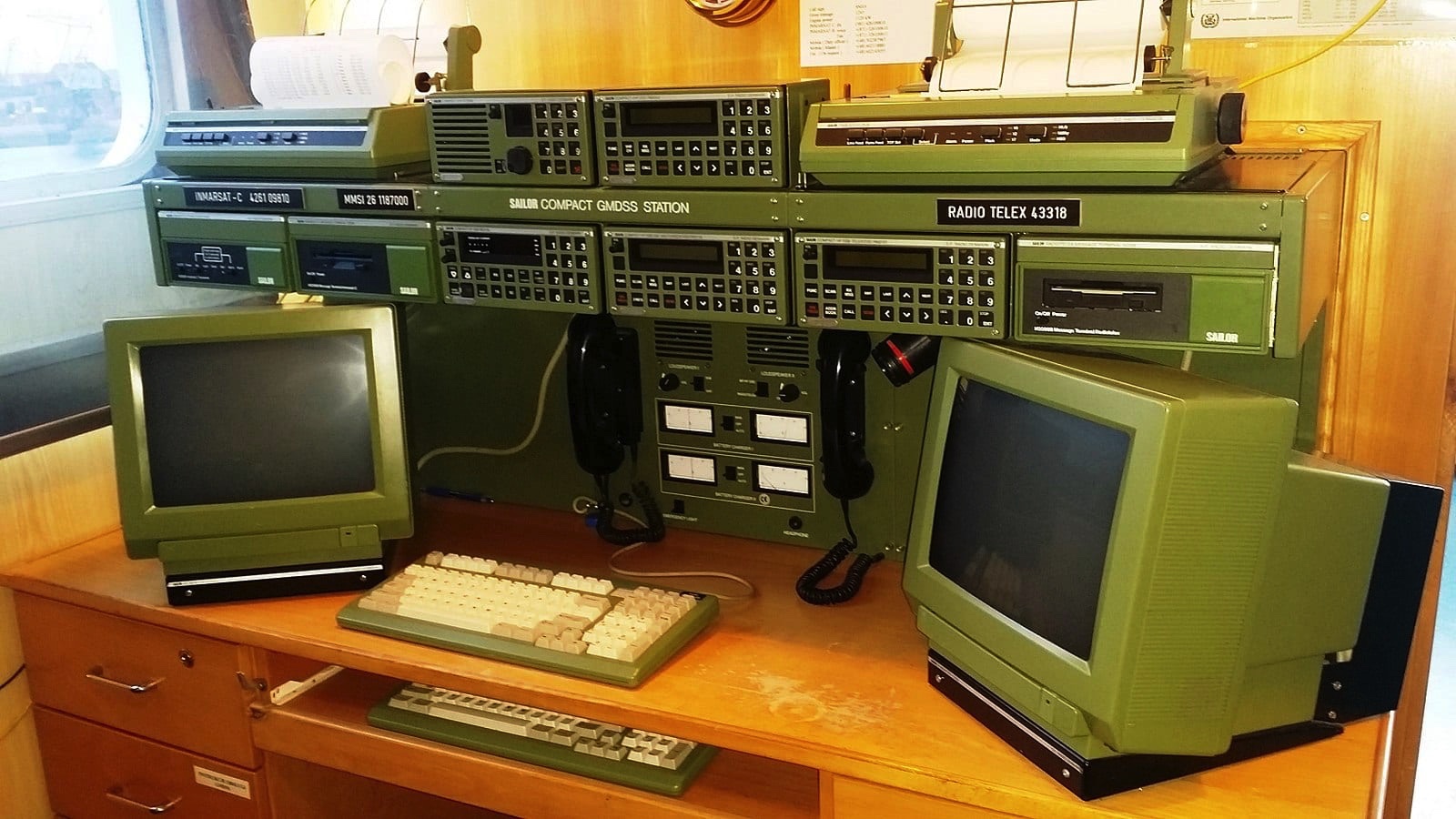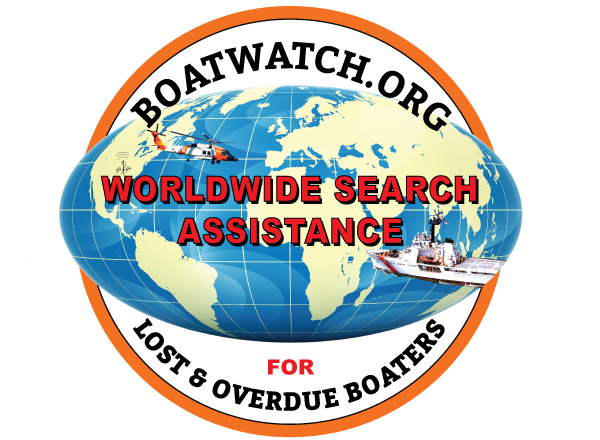by

Today’s Global Maritime Distress and Safety System (GMDSS) regulations requires that every ship carry old-school HF radiotelephone and radiotelex equipment but, traditional radio is rarely used aboard ship. The problem is twofold. Today’s satellites are more convenient and reliable than HF radio and most land based radio stations have closed or operated on reduced availability.
During times of peace and prosperity, the death of traditional radio isn’t a problem on anyone’s radar but, COVID-19 has reminded us that we need to be prepared for the unexpected, especially considering the fact that modern systems like satellite radio are vulnerable to cybersecurity threats. The good news is that HAM radio has seen a resurgence during the past few months. Around the world, thousands of new amateur radio operators have used their time in quarantine to study for a radio license and many standby on HF stations like 14.300 MhZ to provide free information and services to ships.
Recently the popular YouTube channel Ham Radio Crash Course (HRCC) invited gCaptain to discuss the use of radio at sea. In this episode gCaptain founder and HAM radio operator K5HIP, John Konrad, discusses amateur radio use aboard ships including how gCaptain used radio to break a major news story.
If you are interested in helping maintain this critical link we encourage you to subscribe to HRCC’s youtube channel, apply for an amateur radio license, discuss the topic on gCaptain’s forum, and, most importantly, start using your HF radio at sea to connect with maritime radio nets like 14.300. The more we learn about and use these free services, the more likely they will be available during the next global crisis.
